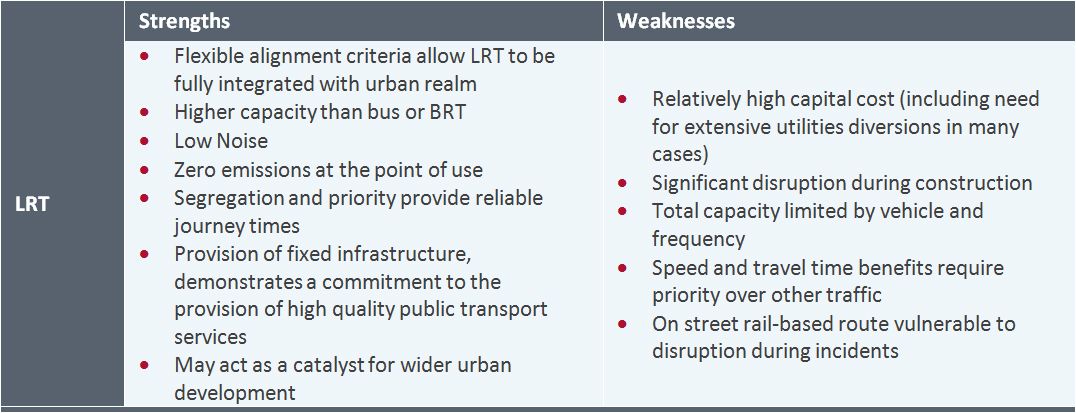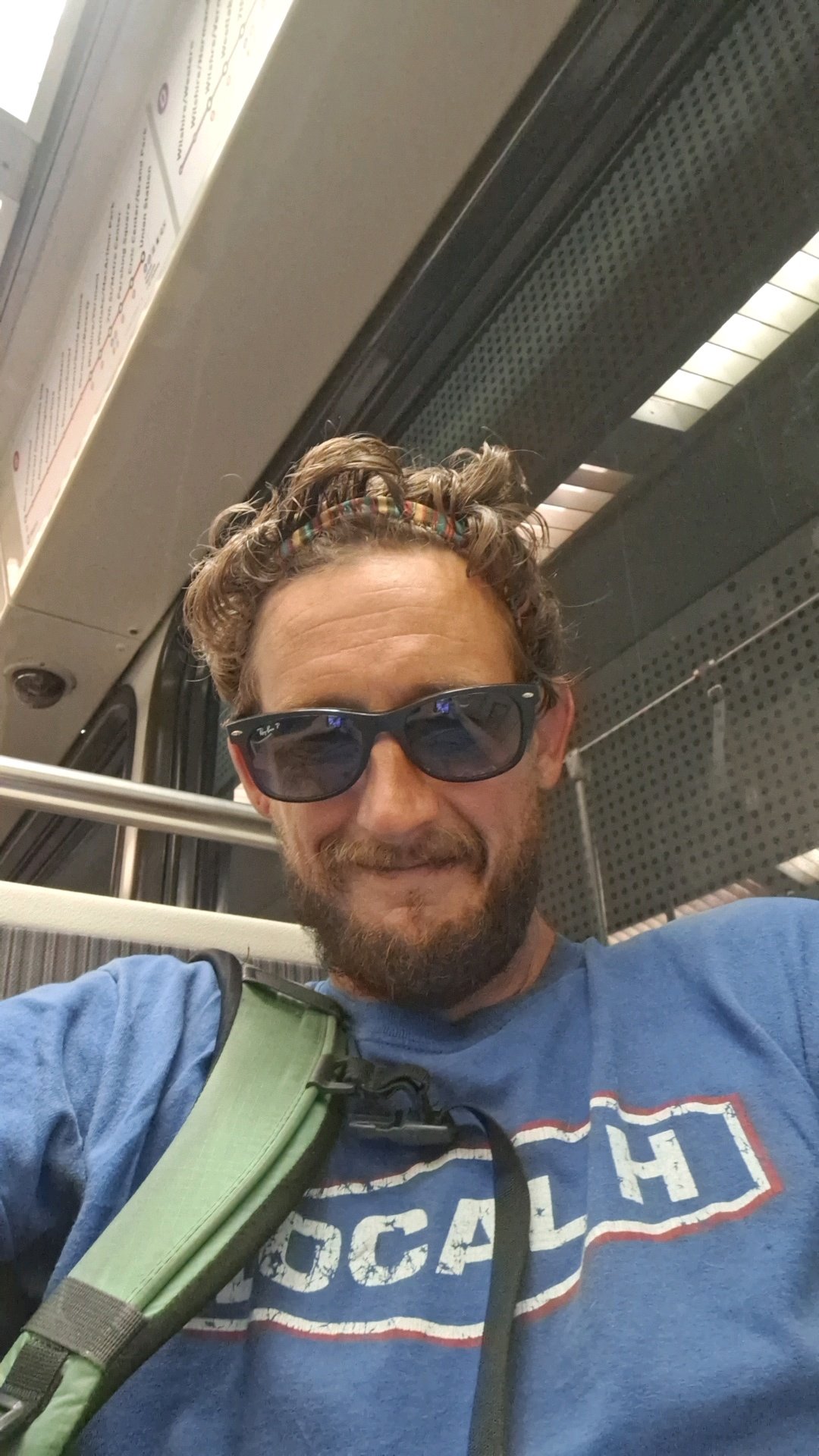After years of lobbying by local officials and advocates for more public transportation in the San Fernando Valley, L.A. Metro announced an $893-million federal grant that will help fund a new rail line for residents there.
The 6.7-mile light rail project is set to stretch along Van Nuys Boulevard and run through Van Nuys, Panorama City, Arleta and Pacoima, communities that local officials on Friday said have often been forgotten in L.A. transportation plans.
It will connect to local and regional bus services, including the Metro G Line express bus, as well as the Van Nuys Metrolink/Amtrak station, officials said.
“This is a region that has been overlooked,” Veronica Vanterpool, acting administrator for the Federal Transit Administration, said during a news conference Friday announcing the grant. “This will be the first rail line in the heart of a region that has called for high-quality transit for a long time.”
The grant, from the U.S. Department of Transportation, will be delivered to Metro during a multiyear agreement under the Federal Transit Administration’s Expedited Project Delivery Pilot Program.
The rail project, slated to be finished by 2031, would bring rail service back to the Valley more than 70 years after the last rail car from the Pacific Electric San Fernando Valley Line carried passengers there in 1952.
The grant, which will complete funding for the rail system, brought out local, state and federal dignitaries Friday to celebrate a longtime effort to improve public transportation in the area.
“This, for me,” said U.S. Sen. Alex Padilla (D-Calif.), “it’s personal.”
A native of Pacoima, Padilla said he and his family often relied on public transportation.
Padilla would later go on to serve on the Los Angeles City Council and California Senate. Trying to expand public transportation was a priority, though bringing rail service to the San Fernando Valley proved to be a challenge, he said.
“I heard things like, ‘The rail system reaches the Valley,’ ” Padilla said. “Well, a stop at Universal [Studios Hollywood] may be reaching the Valley, but it’s not serving the Valley.”
The Metro G Line does run from North Hollywood to Chatsworth, but Padilla noted that for decades, residents reliant on public transportation had no system running from north to south, except for bus services.
For years, local advocates have complained that when it came to public transportation, cities in the Valley were often overlooked.
“This is the transportation that the east San Fernando Valley has deserved for decades, and it’s coming to fruition,” said Los Angeles Councilmember Monica Rodriguez, who represents the 7th District.
When finished, the line is expected to serve nearly 19,000 riders daily who currently take the bus, Vanterpool said, reducing their commute by up to 15 minutes.
About 35% of residents in the area, she said, don’t own or have access to a car.
“This line will be a game changer for the Valley for generations to come,” said Los Angeles County Supervisor Lindsey Horvath, who also serves on the Metro board.
The total project cost is expected to be $3.57 billion. It is partially funded through Measure M, which was approved by voters in 2016, and other grants. In February 2023, the California State Transportation Agency, or CalSTA, awarded $600 million for the project.
Metro is set to start on minor street improvements and utility adjustment work later this year.
The new line will include 11 stations.
In a statement, Mayor Karen Bass thanked the Metro board and the Biden-Harris administration for the funding.
“Through their dedication, the East San Fernando Valley Light Rail is taking another important step toward a reality that connects East San Fernando Valley communities to our growing transit network which means access to more opportunities, jobs and attractions across the region.”
Metro is still studying a 2.5-mile extension of the corridor that would take the line farther out from Pacoima to the Sylmar/San Fernando Metrolink station.
I’ve wondered why we have to do these expensive light rail projects and not just do dedicated bus lanes that work like a light rail?
Buses still have to drive in roads, with people. Even with light changing tech will never get close to the speed of dedicated rail. They can’t carry nearly as many people, and they won’t ever be as consistent.
Dont discount a tech that can go 2x faster, with 2x-4x-8x as many people, with way, way more consistency. It costs a lot more but moving 4x to 8x to 16x as many people an hour around in a reliable and trustworthy way is worth it. When light rail is done right, you don’t even check for the next train. You just show up and one comes in every 3-4 minutes. It’s such a mental load off to just go to transit and have it be there.
Light rail is amazing as a backbone service in a region. Dedicated buses with green light tech and fully dedicated lanes augment it nicely. They should spoke off of the light rail to bring real transit to a region. Integrate separated but parallel bike lanes along the same routes and suddenly you have a fully modal transit system.
I mean do nearly everything you would do for rail, but as a bus. I suspect it would take 1/2 the time and cost.
You only see tech and cost aka. technocracy. Life is very different. People won’t use your mean of transportation if it’s not nice for them. Rail transportation has a better image than busses.
The rail is cheaper on the long run as it transports more people per hour, attract more passengers to the system, is more reliable, has a better acceptation,
Also, a state doesn’t work like a private company, household when it comes to money.
i take the LA train system often, and buses occasionally. The buses are a lot nicer. The train system is a disaster.
Tires are a large if not the the largest source of microplastic pollution.
https://www.thedrive.com/news/tire-dust-makes-up-the-majority-of-ocean-microplastics-study-finds
Yes by being far more numerous private vehicles are the largest source, but buses will also be contributing too.
Related sources: “The biggest source of microplastics in California coastal waters? Car tires” https://www.cnn.com/2019/10/04/us/microplastic-pollution-car-tire-trnd/index.html
“Pollution from car tires is killing off salmon on US west coast, study finds” https://www.theguardian.com/environment/2020/dec/03/coho-salmon-pollution-car-tires-die-off
Strengths and weaknesses of LRT and BRT




